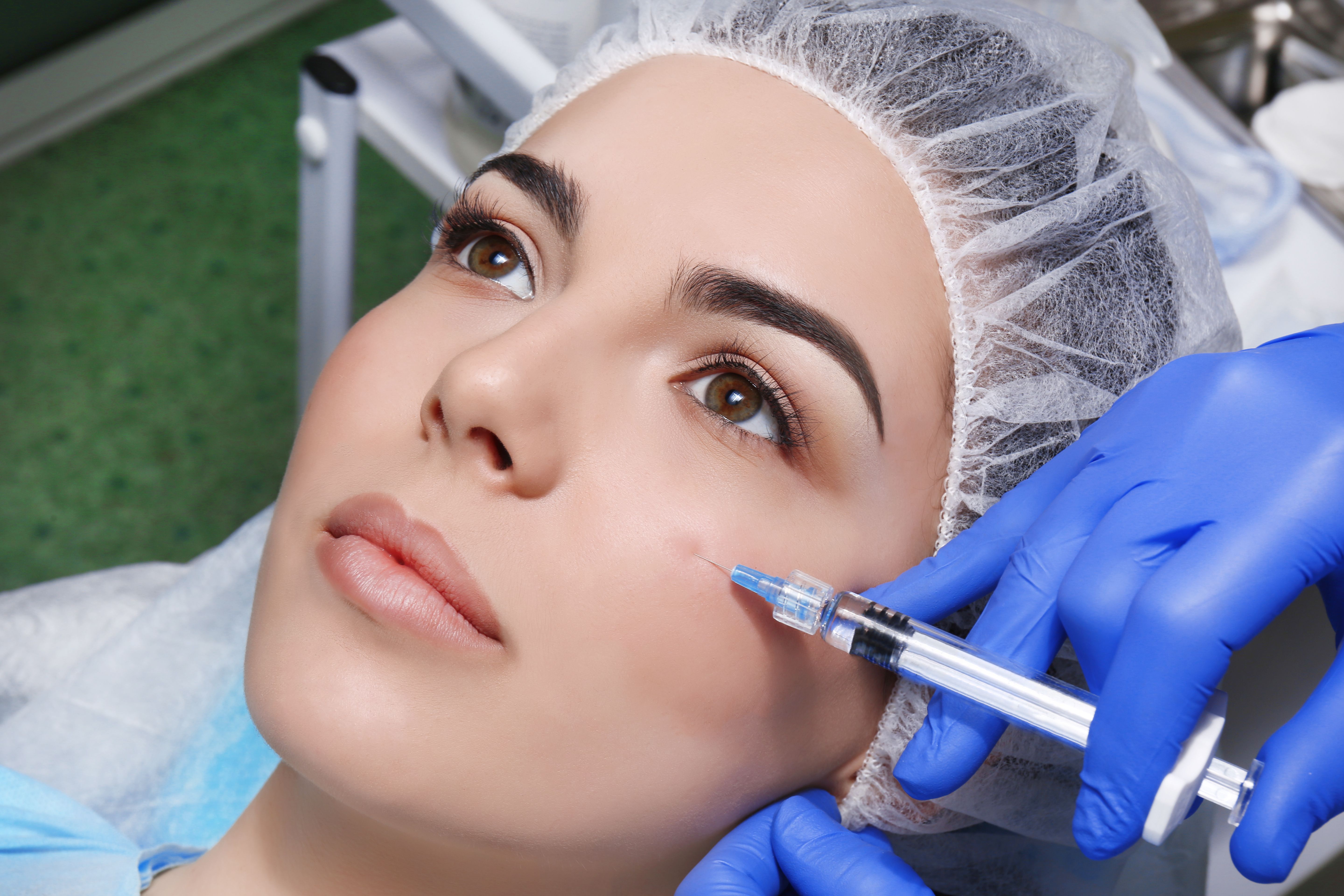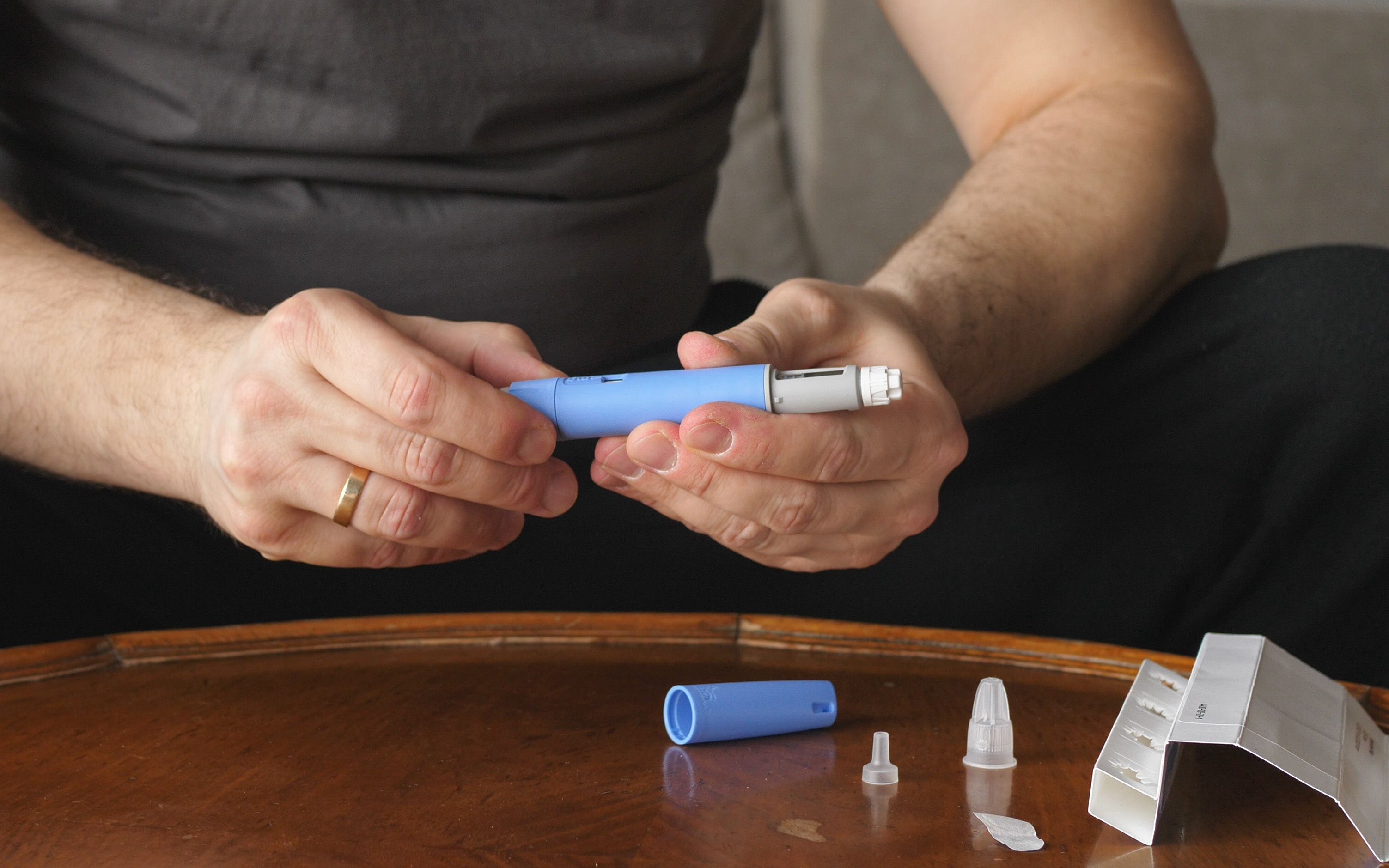- Case-Based Roundtable
- General Dermatology
- Eczema
- Chronic Hand Eczema
- Alopecia
- Aesthetics
- Vitiligo
- COVID-19
- Actinic Keratosis
- Precision Medicine and Biologics
- Rare Disease
- Wound Care
- Rosacea
- Psoriasis
- Psoriatic Arthritis
- Atopic Dermatitis
- Melasma
- NP and PA
- Skin Cancer
- Hidradenitis Suppurativa
- Drug Watch
- Pigmentary Disorders
- Acne
- Pediatric Dermatology
- Practice Management
- Prurigo Nodularis
- Buy-and-Bill
Article
Preparing for filler complications
Author(s):
Fillers come with risks. Researchers propose keeping an HA crash kit on hand to treat and manage injection-related complications for skin necrosis, blindness and anaphylaxis.
Fillers come with risks. Researchers propose keeping an HA crash kit on hand to treat and manage injection-related complications for skin necrosis, blindness and anaphylaxis. (Africa Studio - stock.adobe.com)

Having a hyaluronic acid (HA) filler emergency kit helps providers go into quick and organized action should a filler complication, such as skin necrosis, blindness, partial vision loss, anaphylaxis or angioedema, occur, according to a research article published January 29, 2019, in the American Journal of Cosmetic Surgery.
In the study, Lebanese researchers searched the literature for reports of emergent and urgent complications after soft tissue HA filler injections. They found that while providers can take steps to reduce risk of complications from fillers, they cannot eliminate the risk entirely. Tips for filler complication prevention include having good anatomic knowledge and using preventive methods, such as careful low-pressure and low-volume injection technique.
Another important tip, they write, is to prepare for the possibility of a vascular embolic event with a kit that includes what providers need to quickly and, with less stress, treat urgent complications.
“… the vast majority of adverse events are very manageable and have excellent prognoses, with a few exceptions,” they write.
POLL: How many HA filler complications have you seen firsthand?
The kit is equipped to treat and manage first complications after injections for skin necrosis, blindness and anaphylaxis. It includes what is needed to treat these complications based on the newer of two protocols for filler complications the researchers found described in the literature. The first, “old” protocol was based on low-dose hyaluronidase with longer injection intervals and ancillary treatment, they write. The newer protocol, which recommends high-dose hyaluronidase and hourly injections and uses aspirin only as an ancillary treatment, has been shown to be more effective than the old protocol.
In their paper, the authors describe treatments for each complication in the paper and offer a protocol treatment using the filler emergency kit they propose.
Contents of Filler Emergency Kit
- Hyaluronidase 1500 units
- 0.9% NaCI 250 mL
- 325 mg aspirin tablets
- Ciprofloxacin tablets 500 mg/clarithromycin tablets 500 mg
- Prednisolone tablets 25 mg and dexamethasone 8 mg IM/IV
- Hydrocortisone 100 mg IV
- Timolol drops 0.25%
- Mannitol 20% 1 L
- Acetazolamide 500 mg/vial IV
- Promethazine 25 mg/mL, 2 mL by IV
- Adrenaline 1 mg/mL 1:1000
- Salbutamol 100 µg/dose
- Connectors
- Angiocath 22 G x 25 mm
- Syringes, two of each: 1 mL, 3 mL, 5 mL
- Cannula 25 G x 38 mm
- Cannula 25 G x 50 mm
- Needles (2 of each) 33 G x 9 mm, 23 g x 25 mm, 18 G x 38 mm
- Sterile swab
- Povidone-iodine prep pads
- Lidocaine 2% 50 mL
- Pulse oximeter
While the authors didn’t list a cardiac monitor as part of the kit, it is needed to treat urgent complications and should be available in physician practices.
References:
Fakih-Gomez N, Orte-Aldea M, Poonja K, Khanna D. Hyaluronic Acid Filler Emergency Kit. The American Journal of Cosmetic Surgery. Published online January 29, 2019. Available at: https://journals.sagepub.com/doi/10.1177/0748806818825214





